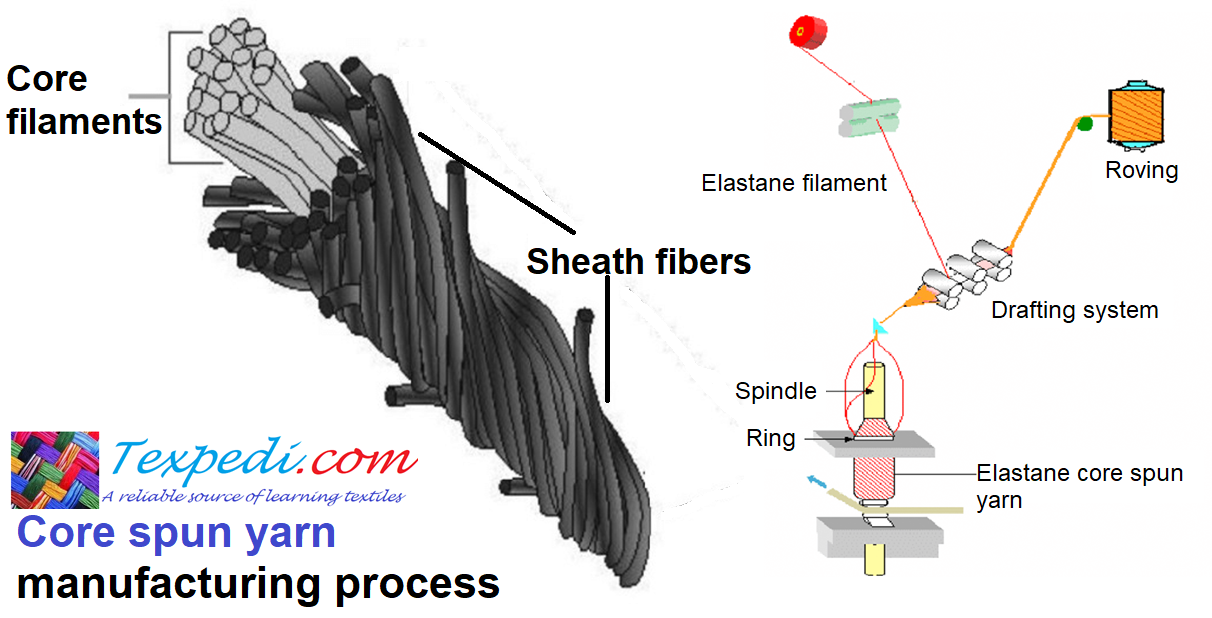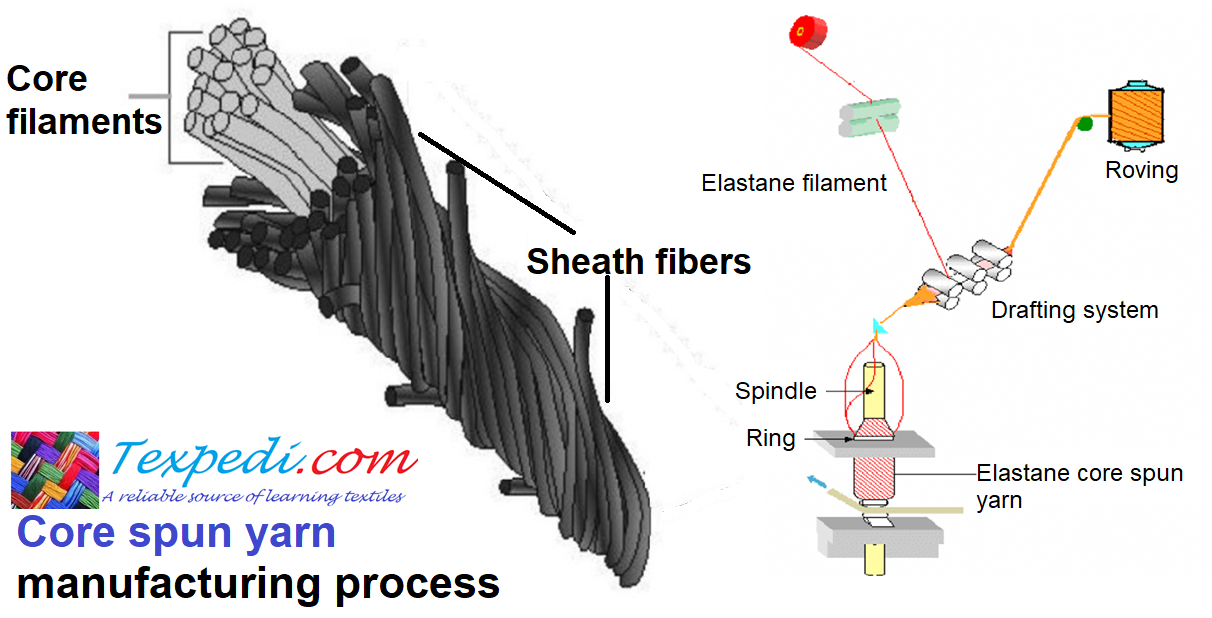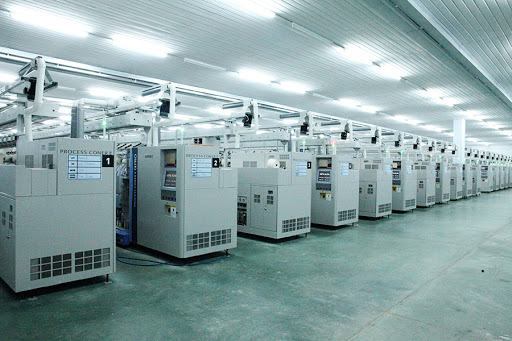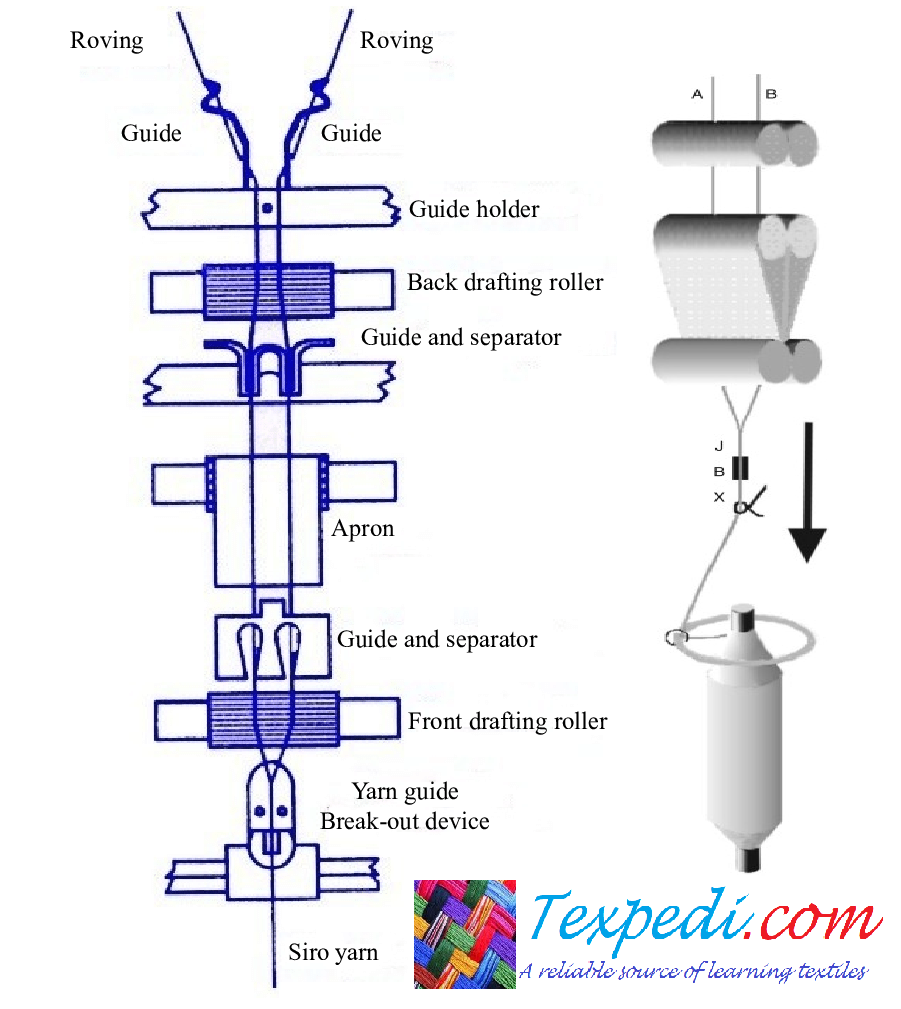Yarn twist
The twist is given into the yarn to hold the fibres together in order to develop yarn strength. Amount of twist also determines the softness or hardness of the yarn that may be important for particular end-use. Strength of spun yarn increases with the increase of twist to a certain limit. After that, decreases the strength. Twist reduces the filament strength directly.
Twist related properties of spun yarn depend on the fibre arrangement with respect to the yarn axis. The angle made by fibre to the yarn axis is called a twist angle. Twist angle is described under the term ‘twist factor’ which is directly proportional to the twist angle. Therefore, the twist factor is the determining factor for twist related properties of the yarn. For knit yarn low twist factor (2.5 to 3.7) is chosen and for warp and creep yarn high twist factor (3.7 to 9) is selected. Besides, a twist can also influence on yarn imperfections, hairiness, moisture penetration, fabric’s creep effect, curling effect, twill effect etc.
Zero twist yarn
Zero twist yarn directs to low twist yarn. Extra-long cotton fibres are used to produce ring spun yarn. The yarn is then twisted into ply with PVA filament to the opposite direction of the twist of cotton yarn. This plying untwists the cotton yarn but still held by PVA filament. The binding filament provides sufficient strength at all successive process until the fabric goes to washing. In washing, PVA is dissolved at 80 degree Celsius temperature and yarn in the fabric remains untwisted. This is called zero-twist yarn and mainly used for luxury towel production.
Texpedi.com
Check out these related articles:









1 thought on “Yarn Twist । Zero Twist Yarn”